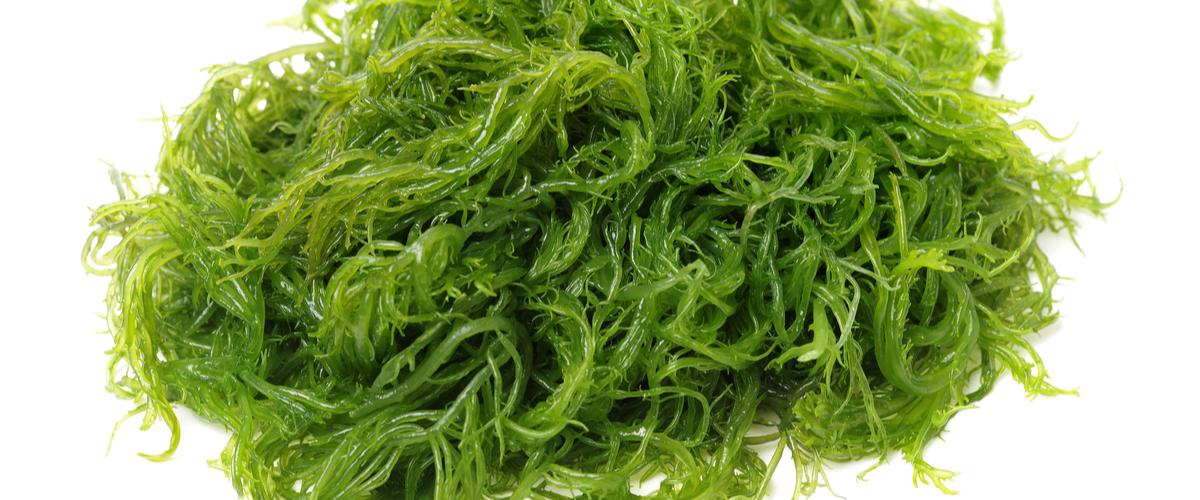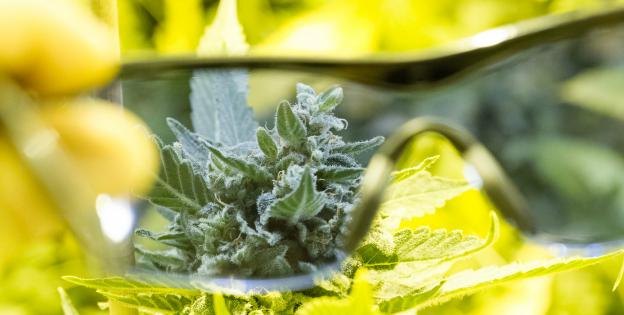- In previous articles, we looked at the different ways pests and fungi can harm cannabis plants.
- Today, we will be focusing on a vegetable that is not harmless per se but that favours the spread of fungi and other harmful organisms which love to make plants their home.
- Read on to learn more about how algae can damage cannabis and find out how to prevent them from settling on your plants.

Algae thrive in the presence of three basic elements: a moist surface, light and a certain amount of essential nutrients. While not being a problem per ser, algae can attract a variety of harmful insects that relentlessly attack the root of plants, making them weaker and thus creating the ideal conditions for the spread of fungal diseases which can seriously harm plants.
What are the problems associated with algae?
Because it is a moist, fluffy substrate that retains nutrients well, rock wool is a frequent target of algae – add some light to it and you'll have created the perfect environment for the spread of the organism.

Algae can also occur in the nutrient tank of hydroponic systems, as well as on inert substrates such as expanded clay. Less common substrates for algae growth include coco fibre and soil. While algae may not present a problem in their early stage of development, things can escalate quickly since the organism has the ability to attract a wide range of plant pests.
Algae can thus lead to the spread of midges, aphids (Pemphigus sp.), nematodes and cochineals, all of which attack the roots of plants weakening their immune system. As a result, if not treated promptly, algae can ultimately result in the plants being infected with fungi including Fusarium, Pythium, Alternaria, Verticillium and Septoria (which causes leaf spot disease).
While the diseases caused by these fungi are relatively easy to treat if detected early, the grow will be exposed to complications that are not without consequences – e.g. a less abundant, lower quality crop.
So, just remember that even if it may at first seem harmless, algae growth can become a major source of problem at a moment's notice. And as is usually the case with most plant diseases, prevention is the best solution.
How to prevent algae on cannabis plants
- Keep the grow room scrupulously clean at all times in order to keep plant pathogens like insects and fungi at bay.
- Regularly check problem areas for algae growth. These include moist, well-lit surfaces that are rich in nutrients, like the substrate or the nutrient tank.

- Properly oxygenate the nutrient solution and mix it thoroughly with a blender to prevent algae growth in the nutrient tank.
- Keep the nutrient solution at a maximum temperature of 28 ºC.
- Maintain a stable pH of 6.0 to 6.5.
- If you use an inert growing medium like rockwool or expanded clay, cover the top with an opaque surface to protect it from light.
- If the algae have already colonised the growing medium, you can add a natural algicide like Strobinol VT (0.5 ml/L) or baking soda (15-20 g/L) to the nutrient solution.
- If you grow hydroponically, you can reduce the risk of algae growth by applying the algicide once a month as a preventative measure – as a spray or dissolved in the nutrient solution.
- Act promptly if you spot algae: the problem is easily resolvable but can cause serious complications if neglected.




Comments from our readers
There are no comments yet. Would you like to be the first?
Leave a comment!Did you like this post?
Your opinion about our seeds is very important to us and can help other users a lot (your email address won't be made public).